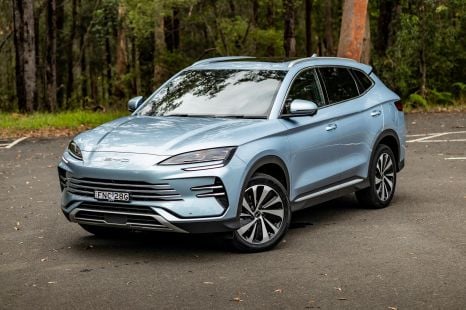

Josh Nevett
CarExpert's top five mid-size SUV reviews of 2025
4 Hours Ago

Marketplace Editor
Kia Australia is launching its first dedicated electric car – the 2022 Kia EV6 – solely with a long-range battery pack, but a more budget-friendly standard-range option could become available depending on future supply.
Speaking to media at a preview of the local-spec EV6 at the 2022 Australian Open tennis grand slam, Kia Australia’s chief operating officer, Damien Meredith, said the smaller battery’s introduction is more or less based on how many vehicles it can secure from the factory.
For this calendar year, Kia Australia has only managed to secure 500 units of the EV6, spread across Air and GT-Line trim levels with the latter offering both single-motor (RWD) and dual-motor (AWD) variants.
Late in 2022 or early in 2023 the brand’s local division is expecting to add the 430kW EV6 GT.
The local arm is in “continuous dialogue” with its global parent “in the hopes of increasing [this figure] albeit not substantially due to its popularity and high demand globally”.
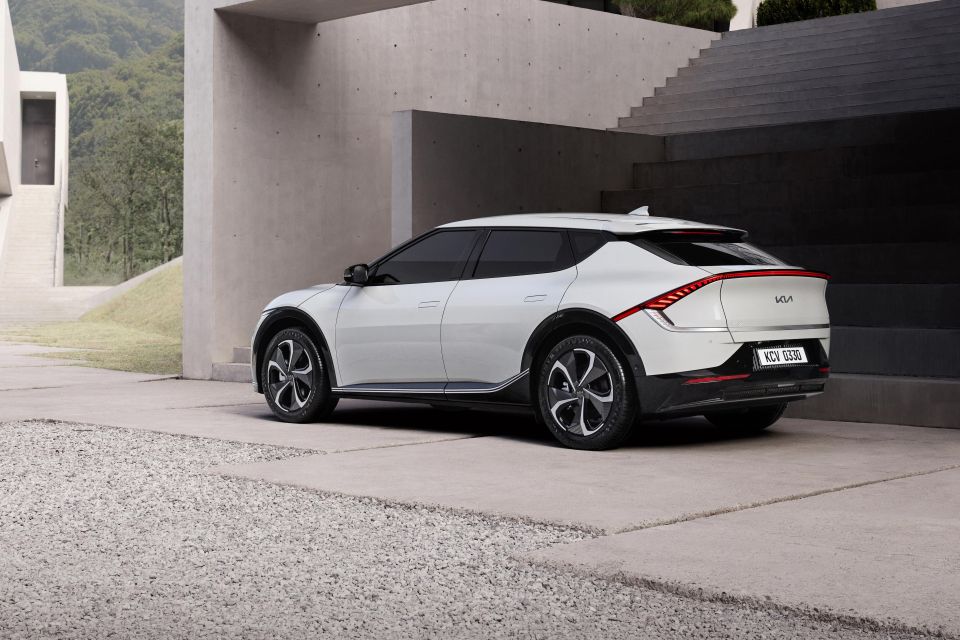
It’s not just popular globally, either. Kia Australia says it’s received around 25,000 expressions of interest before the EV6 has officially gone on sale, and 1800 order deposits have been taken by dealers – almost four times the volume of this year’s allocation.
All Australian models come fitted with the long-range 77.4kWh battery pack, with the base Air RWD offering up to 528 kilometres of driving range courtesy of its 19-inch wheel and tyre package. The GT-Line RWD with its larger 20-inch wheels quotes 504km.
Elsewhere in the world, including the Korean domestic market, Kia offers the EV6 with a smaller 58kWh battery pack and less powerful electric motors in both RWD and AWD configurations.
The Korean standard-range EV6 offers 125kW/350Nm in RWD spec or 173kW/605Nm with dual-motor AWD, offering between 391km and 415km of driving range. It’s about 100kg lighter than the equivalent long-range variant.
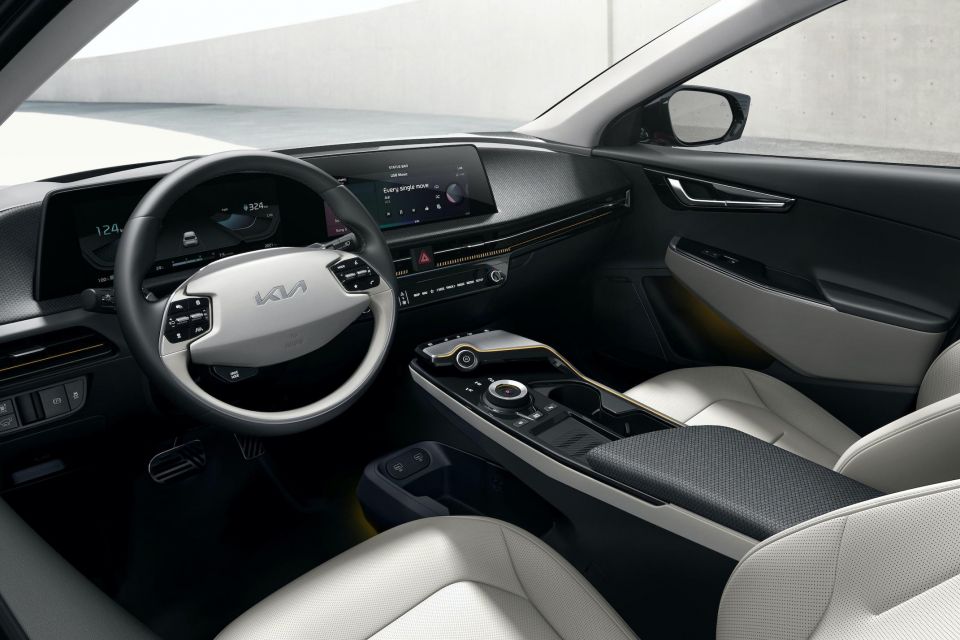
Should the smaller battery variants come to Australia, we could see the EV6’s price of entry drop below the Air RWD’s current $67,990 (plus on-roads) starting point – though that could pose an issue for the smaller Niro. Currently, the Niro EV starts at $62,590 for the base S, and climbs to $65,990 for the higher-grade Sport.
The EV6 Air RWD offers more power and more range than the Niro EV Sport for the $2000 up-spend, while also being a bigger vehicle with similar equipment levels.
A similarly-equipped EV6 Standard Range would likely challenge the base long-range Niro price-wise.
With this in mind, we imagine the next-generation Niro – due to hit Australian showrooms in the third quarter – will be repositioned to provide more breathing room between the two EV model lines.
The Niro should also have better supply for our market compared to the EV6, and will also offer Hybrid and Plug-in Hybrid drivetrain options.
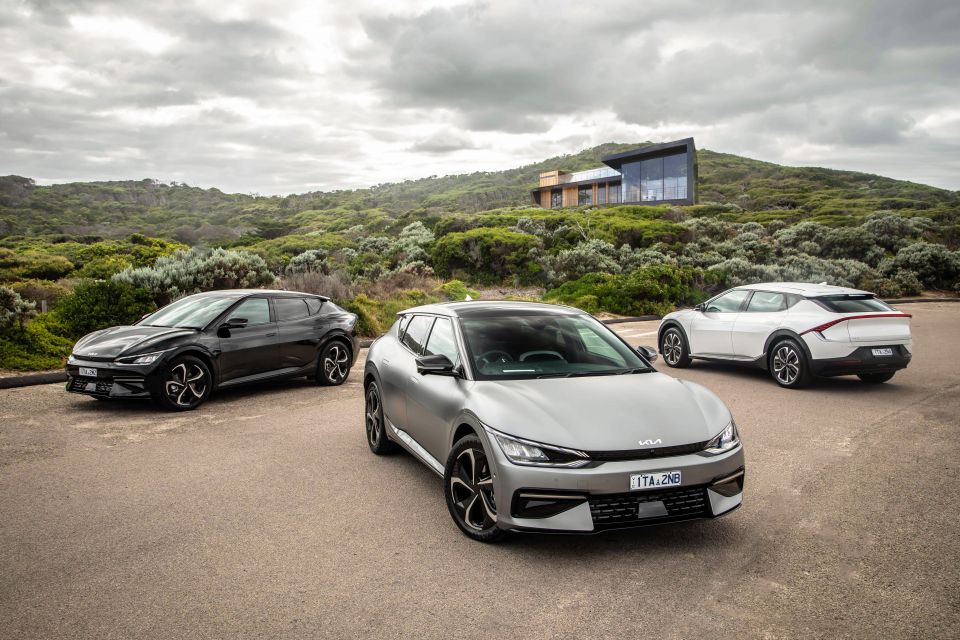
A lower-grade variant would also help Kia to better challenge the base Tesla Model 3 (from $59,900), as well as the smaller Hyundai Kona Electric Extended Range (from $60,500).
The first customer deliveries of the new Kia EV6 are due in February, with the first Australian vehicles currently doing duties at the Australian Open – notably transporting global ambassador Rafael Nadal to and from the tournament.
Unlike sister brand Hyundai, Kia will allocate EV6 vehicles across its national dealer network, rather than using an online direct sales model. Meredith said the brand is “allocating at least one EV6 to every Australian dealer”.
Stay tuned to CarExpert for more Kia EV6 coverage in the lead-up to its February launch.
MORE: Everything Kia EV6
Where expert car reviews meet expert car buying – CarExpert gives you trusted advice, personalised service and real savings on your next new car.
James Wong is an automotive journalist and former PR consultant, recognised among Australia’s most prolific motoring writers.


Josh Nevett
4 Hours Ago


Ben Zachariah
1 Day Ago
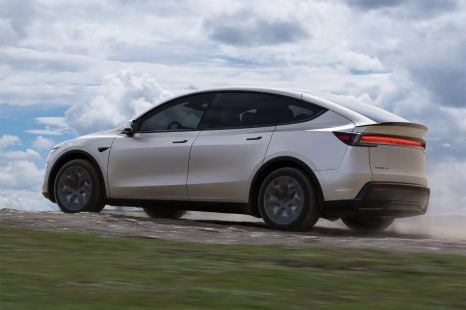

Derek Fung
2 Days Ago
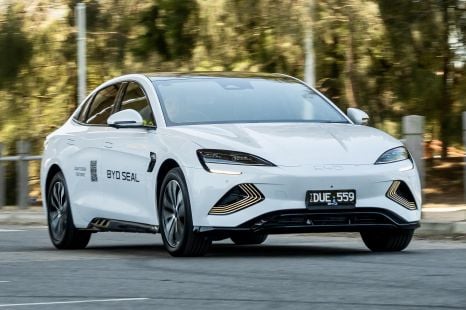

Max Davies
8 Days Ago
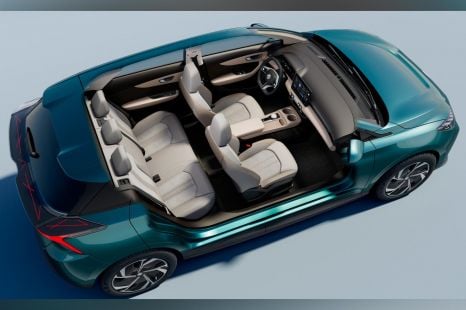

William Stopford
9 Days Ago
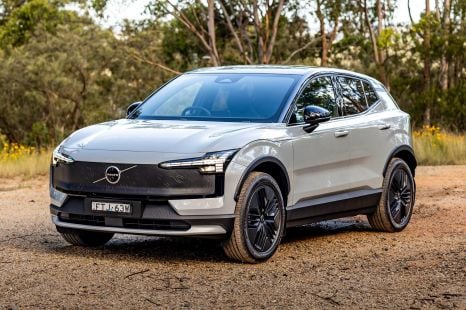

Matt Campbell
10 Days Ago